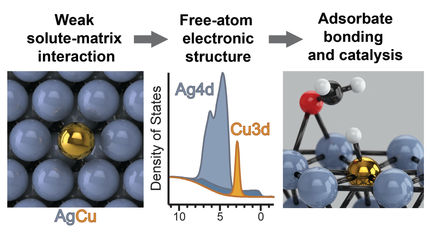BASF signs cooperation agreement with Solvias
Advertisement
BASF has signed a cooperation agreement with Solvias AG, Basel, Switzerland. Solvias is a leading global player in the development and marketing of asymmetric hydrogenation technologies and has one of the world's largest ligand libraries. In cooperation with Solvias, BASF will use these ligands to manufacture optically active intermediates for the life science industry.
"We continuously develop new intermediates using state of the art technologies. In selected cases, we engage in strategic partnerships to enhance our strong technology platform", Dr. Karin Sperling, BASF Director Global New Business Development Chemical Intermediates said. "The ligands provided by Solvias will allow us to act in response to more customer queries using the best technology in each individual case."
"As a contract research organization, we aspire to extensive and effective implementation of Solvias technologies in the pharmaceutical and specialty chemicals segments", Solvias CEO Hansjörg Walther said. "BASF plans to review and use our asymmetric homogeneous hydrogenation technology in the manufacture of a range of innovative optically active products. The strategic partnership with us allows BASF to implement the technology more rapidly on an industrial scale. Our focus on asymmetric hydrogenation with an industrial relevance and customer-specific licensing models for the use of chiral Solvias ligands is paying off. It's giving another manufacturing company access to an increasingly important technology".
Chiral intermediates of high optical purity play an important role in the life science industry. BASF markets an extensive and steadily growing portfolio of optically active products under the trade name ChiPros(TM). To offer customers an even larger range of products and have access to the most cost-effective route of synthesis in each case, BASF believes in maintaining an extensive technology platform. BASF therefore uses asymmetric hydrogenation as well as biocatalysis in the manufacture of optically active intermediates. This technology requires catalyst systems whose main components are chiral ligands.
Other news from the department business & finance
Most read news
More news from our other portals
See the theme worlds for related content
Topic world Synthesis
Chemical synthesis is at the heart of modern chemistry and enables the targeted production of molecules with specific properties. By combining starting materials in defined reaction conditions, chemists can create a wide range of compounds, from simple molecules to complex active ingredients.

Topic world Synthesis
Chemical synthesis is at the heart of modern chemistry and enables the targeted production of molecules with specific properties. By combining starting materials in defined reaction conditions, chemists can create a wide range of compounds, from simple molecules to complex active ingredients.



























































